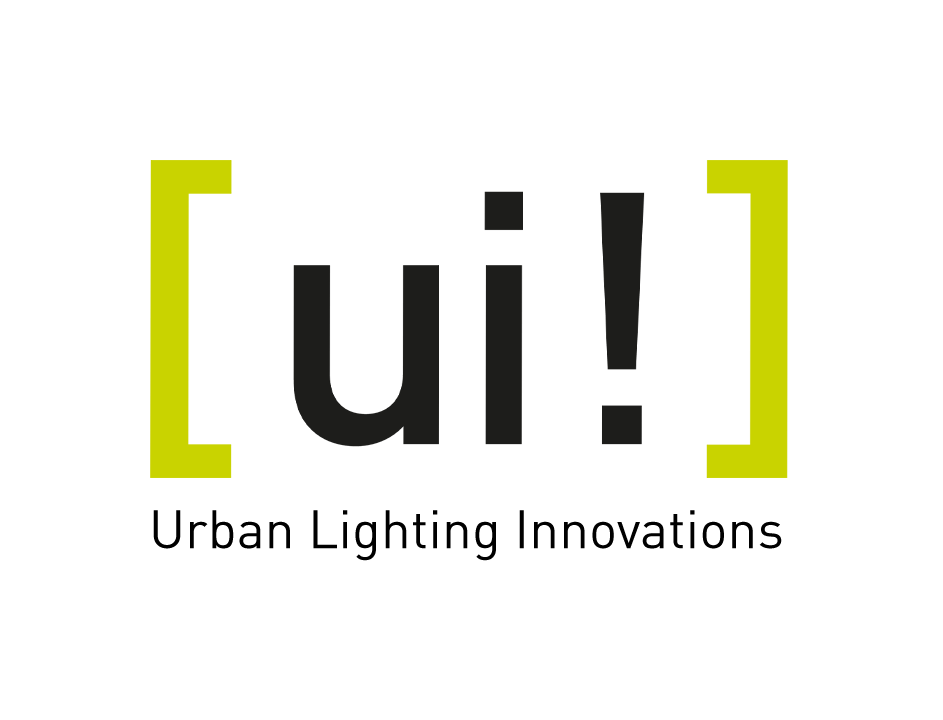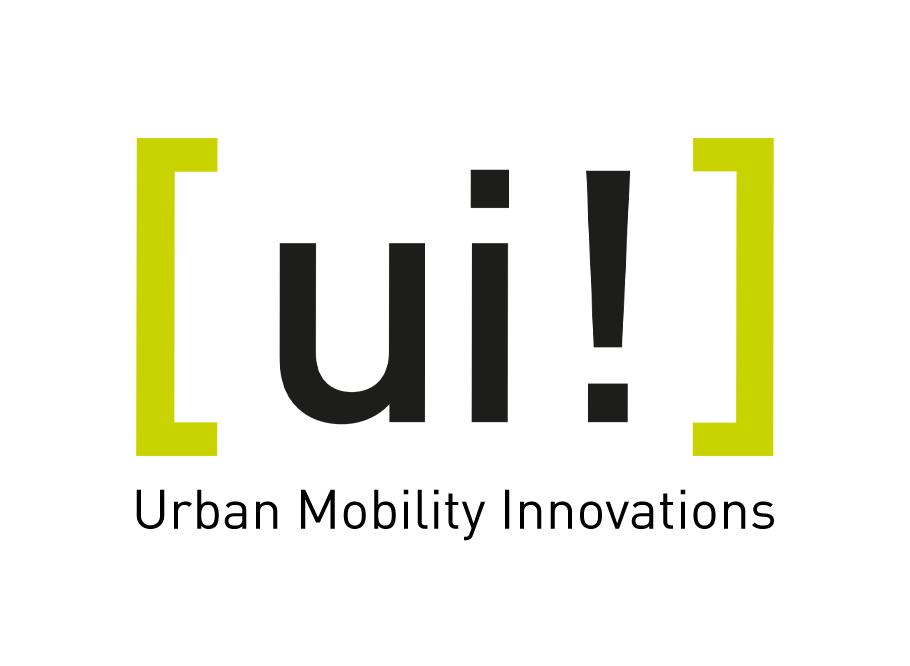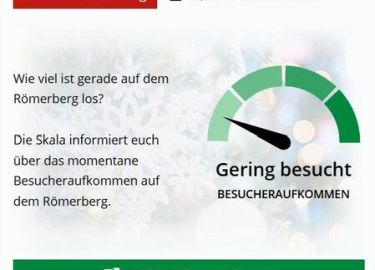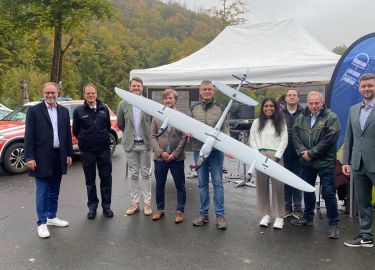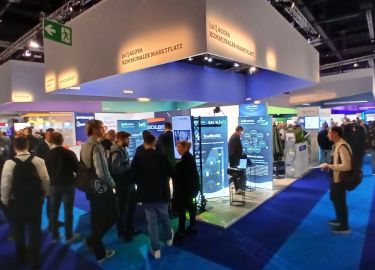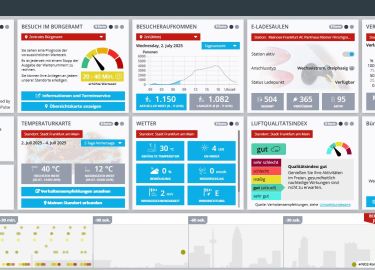Compliance with COVID19 guidelines using [ui!] UrbanPulse Health Compliance Analytics
COVID-19 is a shock that causes stress situations for cities and communities every day in each and every aspect. The city´s resilience, meaning the capacity of the city to function, and for its residents well being to be protected no matter what stresses or shocks the city encounters, is getting more and more important.
As the world begins to relax COVID-19 restrictions, it is vital that the population continues to observe restrictions on people density and social distancing. If successful, continued relaxations, and return to a more normal level of economic activity, should follow. However failures could see spikes in infection levels and consequential return to a higher level of restrictions.
This raises new questions that cities, mall operators and police services have to answer, such as:
- Is the number of people in an area (beachfront/shopping mall/sporting event) below required density limits?
- Are individuals following social distancing guidelines?
- Are there hotspots where density limits are exceeded? These could include a cluster in the public areas of a shopping mall, or an intersection where the layout of sidewalks, pedestrian crossing areas and traffic lights tend to funnel people together and create hotspots
- Are restaurants/cafés/supermarkets/cinemas/shops following occupancy and seating density guidelines?
It turns out that by using data many cities are already collecting, these questions can be answered cheaply and unobtrusively. This allows cities to focus their population management efforts, identify areas of risk, and act to eliminate problem areas before they result in spikes of new infections.
The Solution
[ui!] UrbanPulse is monitoring and alerting capabilities, coupled with your existing data streams enable you to monitor compliance with Government COVID19 health directives. For example you can identify areas where city infrastructure acutally funnels pedestrians into constrained spaces or where social distancing is not being correctly observed by residents and visitors, creating recurring hotspots.
This proactive approach allows the city to:
| Address COVID19 prioirities
- Demonstrate compliance with Government regulations
- Identify and extinguish hotspots of non-compliant behaviour
- Decrease the risk of COVID-19 spread
- Improved city resilience through lower infection rates and accelerated return to full economic activity
| Address service priorities
- Improve customer service and information provision to the public
- Optimise stretched resources
- Better manage risks to staff
- Improve communication through cross-agency sharing
- Integrate with 3rd party data and systems
- Maximise value from existing investments in ‘smart city’ technologies
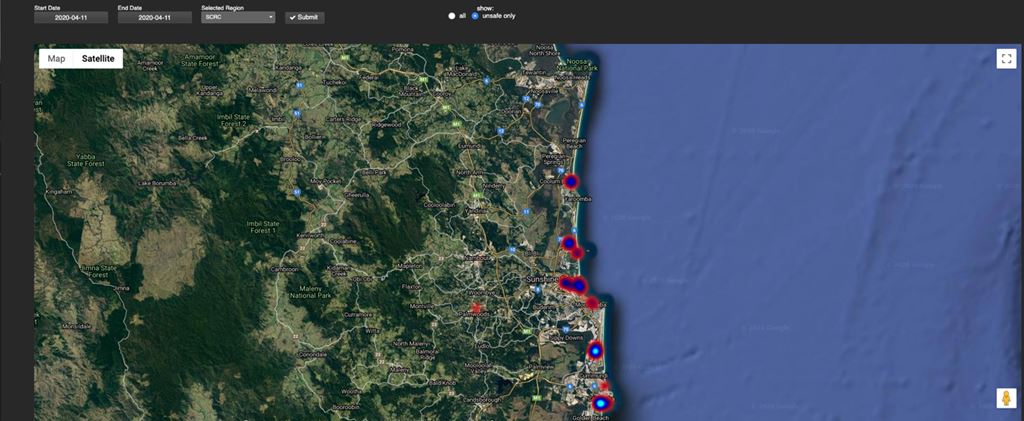 Map of hotspots where distancing guidelines are being breached
Map of hotspots where distancing guidelines are being breached
Situational Awareness
Using varities of mechanism (e.g. public WIFI access, CCTV cameras, etc.) [ui!] UrbanPulse integrates your data and delivers information about on-the-ground situations in your city rapidly and inexpensively, yielding immediate benefits to Council. Additional data streams and services can then be added incrementally to expand coverage of public spaces.
The information collected in the [ui!] UrbanPulse is used for a range of purposes, including monitoring the health of the sensor ecosystem, optimising operations, and supporting city planning and economic development initiatives. This same data can be repurposed to infer how well social distancing guidelines are working, and both identify and predict apparent hotspots.
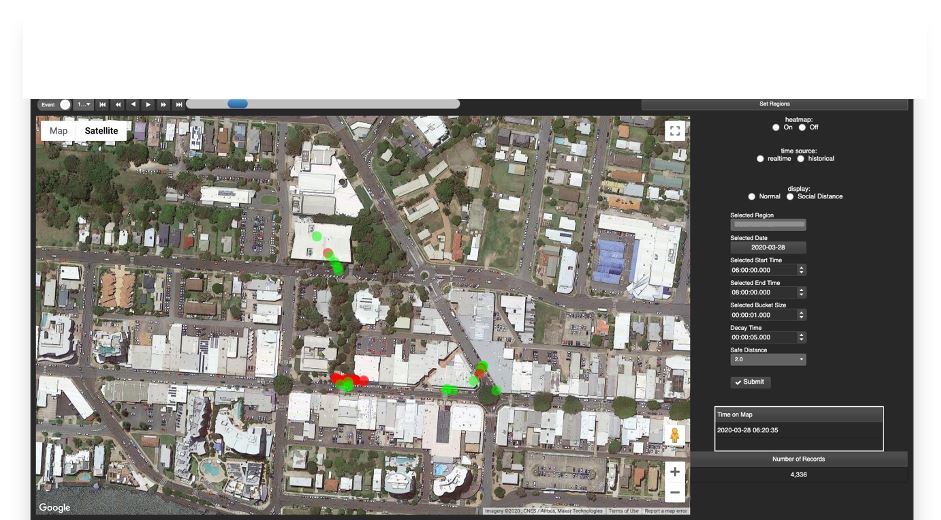 [ui!] UrbanPulse health compliance analytics in action, identifying a persistent hotspot in the Central Business District area of the city.
[ui!] UrbanPulse health compliance analytics in action, identifying a persistent hotspot in the Central Business District area of the city.
How it works
[ui!] UrbanPulse is used to horizontally integrate and apply analytics to build a real-time map of people density in public places, e.g. beaches, parks, etc. Density tracking thresholds are configurable within the system. Automatic alerts, either shown visually in the [ui!] UrbanPulse dashboard, or notified via email, can be raised with relevant users when a threshold is breached. Multiple thresholds can provide various levels of alerts. For example, a “watch” alert can be triggered if clusters seem to be moving toward the same location, or if isolated and fleeting violations of social distancing compliance are identified, while an “act” alert can be triggered if a density threshold is being breached or if violation hotspots are forming.
Machine learning can predict future hotspots so city rangers or police can be deployed to extinguish hotspots before they can grow –important information that can be ingested into Council’s CMS to complement related information for dissemination to the public. The data can also be made available to the public via the city’s open data portal and on COVID-19 health websites, including the public [ui!] UrbanPulse pages.
As cities work with [ui!] UrbanPulse and use its powerful data analytics workbench to extract deeper insights from their data, opportunities will continually arise to further improve resilience and compliance, and extract more insights from existing data investments. This results in more agile and adaptive.
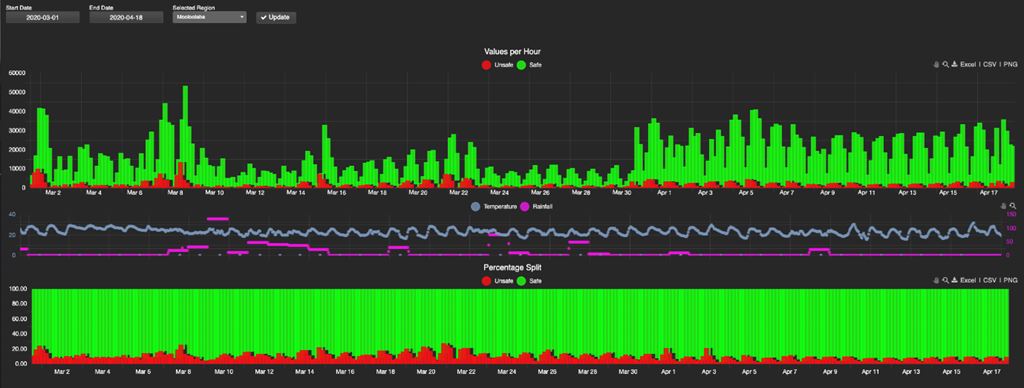 Trend data over the period from 1 March to 16 April: Numbers dropped significantly when COVID restrictions were first introduced, and are now a lot stronger as people flock to exercise.
Trend data over the period from 1 March to 16 April: Numbers dropped significantly when COVID restrictions were first introduced, and are now a lot stronger as people flock to exercise.
Are you interested in our Solutions?
contact us:
 Claudia Alsdorf
Claudia Alsdorf
[ui!] the urban institute
Fasanenstraße 3
D-10623 Berlin
+49 (0) 30 208 47 24 40




